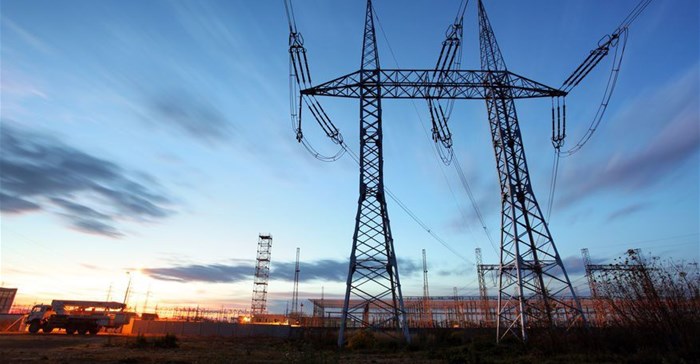
Top stories

Marketing & MediaBizcommunity Recruitment: Take careers to the next level
Bizcommunity.com 15 Nov 2024

Marketing & MediaNet#work BBDO repositions to #WhatIfWeDOBIGTHINGS with new leadership appointments
6 hours

Marketing & Media#OrchidsandOnions: Gambling ads hit the jackpot, used car salesmen stuck in cliché lane
Brendan Seery 5 hours

Marketing & MediaRAPT BizTrendsTV: Musa Kalenga - How agentic AI is revolutioning business
Danette Breitenbach 6 hours


EducationFor SA’s dreamers, doers and builders – this platform was made for you
TelkomLearn 23 Apr 2025
More news





Marketing & Media
Hot 102.7FM crowned number 1 fastest-growing media company in South Africa
HOT 102.7FM 25 Apr 2025








Construction & Engineering
Nearly 200 households evacuated as uncontained Tokai fires rage in Cape Town


















